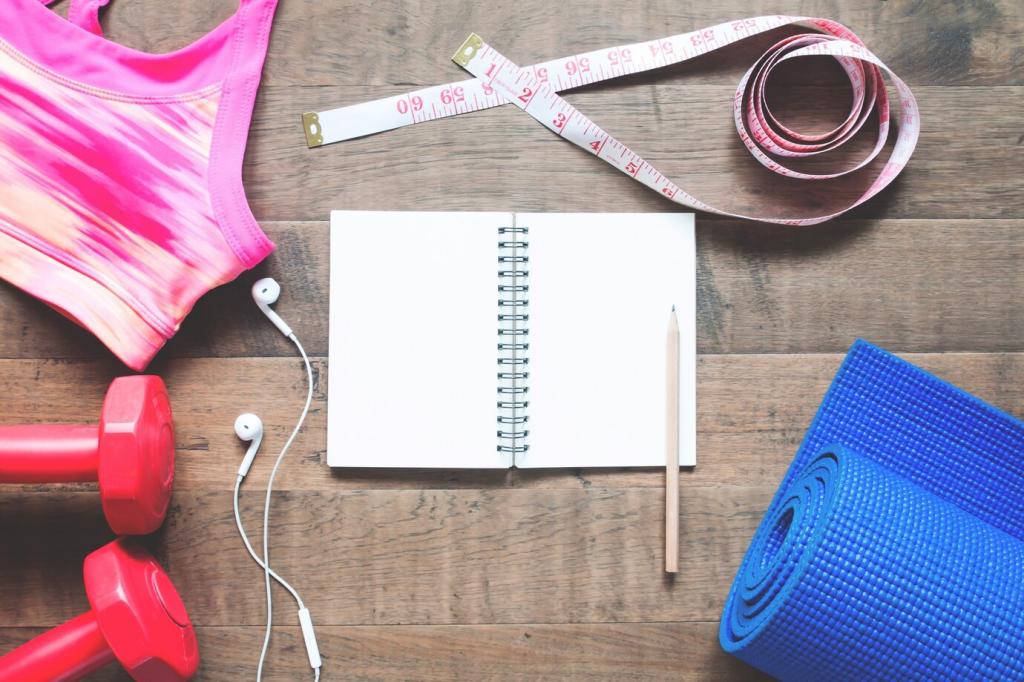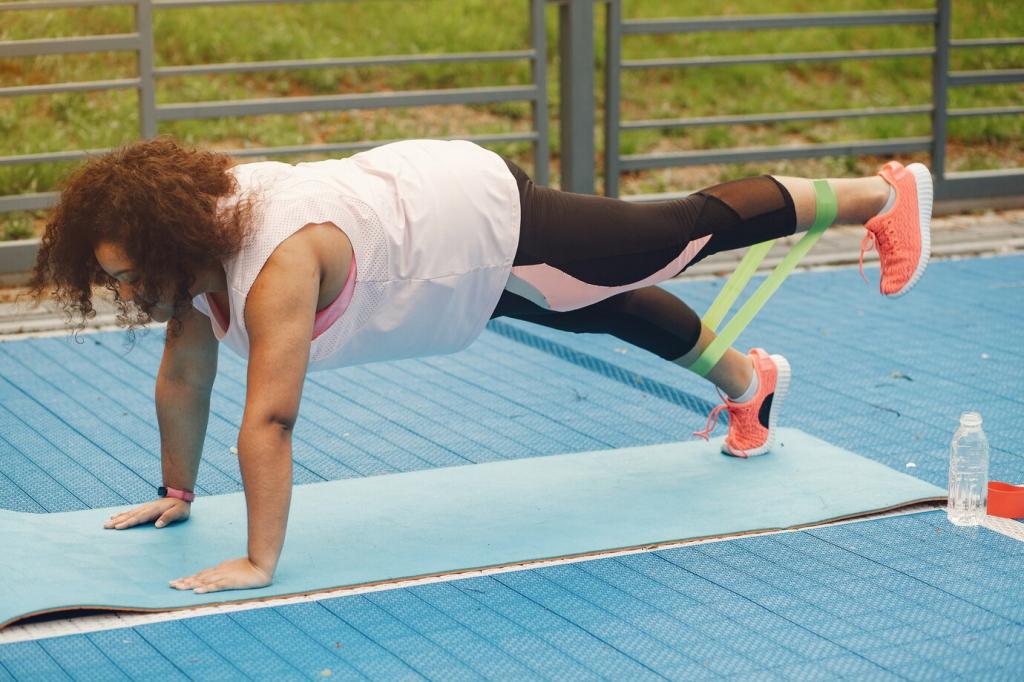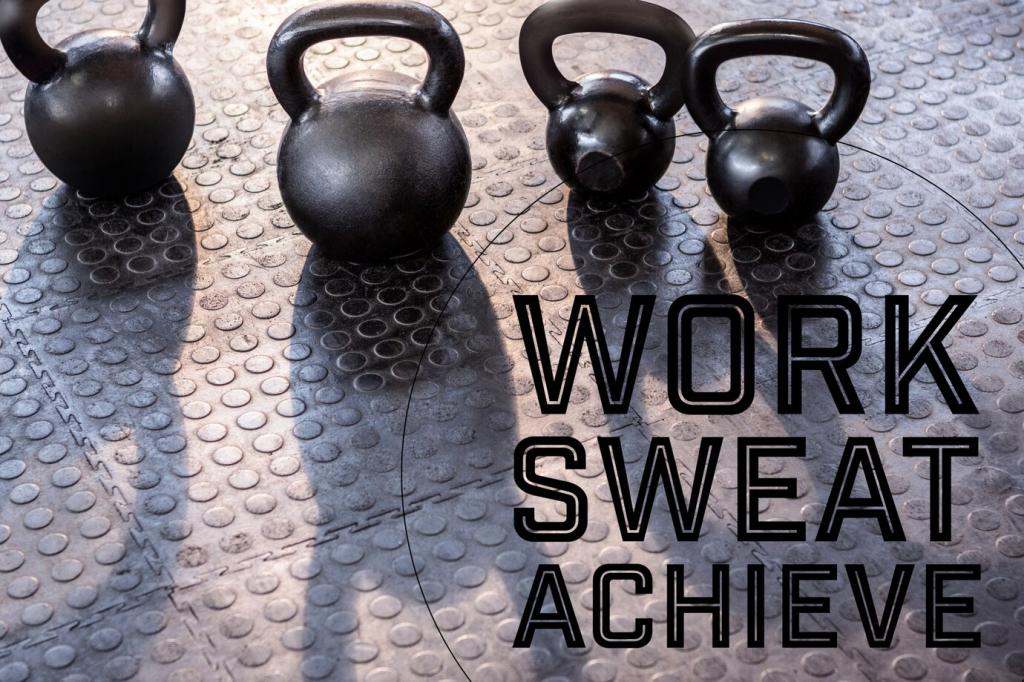Crush It at Home: Effective Virtual HIIT Workouts for Home
Chosen theme: Effective Virtual HIIT Workouts for Home. Power up your living room sessions with science-backed intervals, zero excuses, and community energy—delivered through your screen. Subscribe for weekly routines, expert coaching cues, and inspiring success stories tailored to busy people training at home.



Setting Up Your Home HIIT Space
Move furniture, secure rugs, and keep two arm-lengths of space for dynamic moves like squat jumps and mountain climbers. Place a water bottle and towel within reach, and set your mat perpendicular to the camera so your coach can see alignment during fast transitions without you shifting the device.
Tech Essentials for Virtual Classes
01
Choose the Right Platform
Pick a platform with clear video, easy chat, and coach spotlight features for live cues. Test screen mirroring to a TV for better visibility. If you prefer on-demand, select apps that let you adjust interval timers and repeat sets so your sessions match your fitness level and daily energy.
02
Track What Matters
Use a heart rate monitor or smartwatch to target effort zones during work and rest. Track perceived exertion alongside metrics so you learn how intensity feels. Log intervals, weights used, and modifications in a simple notes app, then revisit weekly to celebrate progress and adjust goals thoughtfully.
03
Beat Lag and Buffering
Place your device close to the router, switch to 5 GHz Wi‑Fi, and close background apps. Download on-demand classes beforehand if your connection fluctuates. If music lags, run it locally and mute the stream audio. Share your tech hacks in the comments to help the community train smoother.

Intervals That Deliver
Classic structures work: 30 seconds on, 30 seconds off for beginners; 40/20 for intermediate; EMOM and Tabata for advanced intensity bursts. Keep total work under twenty-five minutes. Anchor every session with a clear intention—power, endurance, or conditioning—so your effort matches the day’s purpose.

Exercise Pairings That Pop
Alternate lower and upper body to maintain output: squat jumps with push-ups, lunges with rows, high knees with plank shoulder taps. Add a core finisher to reinforce posture. Rotate patterns weekly to reduce overuse and keep sessions fresh. Drop your favorite pairings below for others to try.

Progression Without Burnout
Progress by adding a round, extending work by five seconds, or increasing load slightly—not all at once. Insert deload weeks every four to six weeks. Rate your session after each class; if it trends too intense, dial back volume. Subscribe for our monthly progressive home HIIT calendar.
Form, Safety, and Modifications
Before adding speed, nail alignment: knees tracking over toes in squats, neutral spine in planks, soft landings in jumps. Record a short clip and review your form or share with your coach for cues. Five minutes of fundamentals can transform the quality of every high-intensity interval.


Form, Safety, and Modifications
Swap jump squats for rapid tempo squats, burpees for walk-outs, and mountain climbers for slow drives with sliders. Use an elevated surface for push-ups to protect shoulders. These changes maintain intensity while reducing impact, helping you train consistently through busy weeks and minor aches safely.
Choose a consistent training window and a pre-workout cue—perhaps tying your shoes as the timer starts, or pressing play after coffee. Lay out your mat the night before. Small rituals reduce decision fatigue, making it easier to show up even when motivation dips after a long workday.
